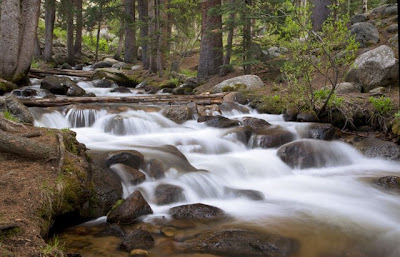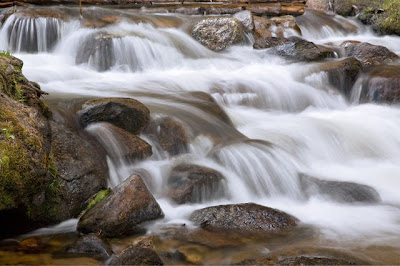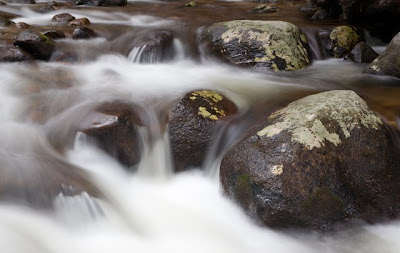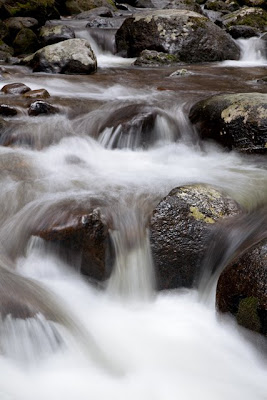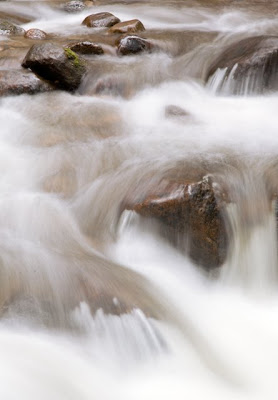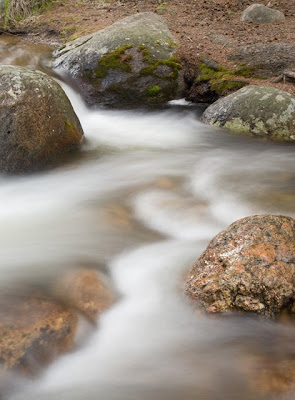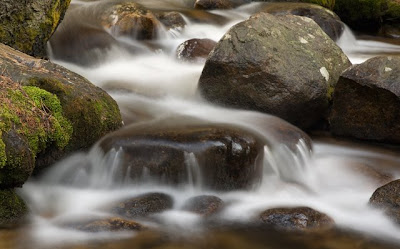
All over the Rocky Mountains, pine bark beetles are taking their toll on lodge pole pine forests. The red trees in this picture are dying. I'm planning a group of posts about the pine bark beetle, but the fire Saturday in Frisco illustrates the danger that many communities in the Rockies face.

This was really a small fire. Probably started by campers, it burned in a green and moist aspen and cheat grass area rather than hitting the dead pines nearby. However, you can see how close those dead pine trees were to the fire. And the fire started in an area where the firefighters had to hike in to get to it.

Traffic in I-70 was warned that a fire was near and that there might be smoke on the road. I was parked south of I-70. There was a steady stream of residents who pulled up to check on the fire. They were worried. The predictions are that Summit county will lose 95% of the lodgepole pines. While in Breckenridge, the law is requiring homeowners to remove the dead trees, the people I talked with seemed to think there was no plan in place in the national forests to remove the dead trees. The research I've done so far indicates that there is a small window when the trees that are harvested can be used. If you miss the window, the wood has deteriorated too far.

This was the scene at the worst part of the fire. Thankfully, the firefighters were helped by a helicopter with a 100 gallon bucket. By Sunday, only wisps of smoke were left. The damage from the fire was invisible from town. But this is fourth of July week, people are nervous about fireworks and are expecting a burn ban.

From the Summit Daily News comes this warning from Lake Dillon Fire-Rescue Deputy Chief Jeff Berino: "we want people to really be aware of the dangers we are facing this season, and that it is now a matter of when, not if, we will have a big wildfire.”
The fire Saturday only burned a couple of acres. But this is early in the season. As the snow melt ends, and everything dries out in the warmth of summer, the Rockies are a powder keg waiting to erupt.






